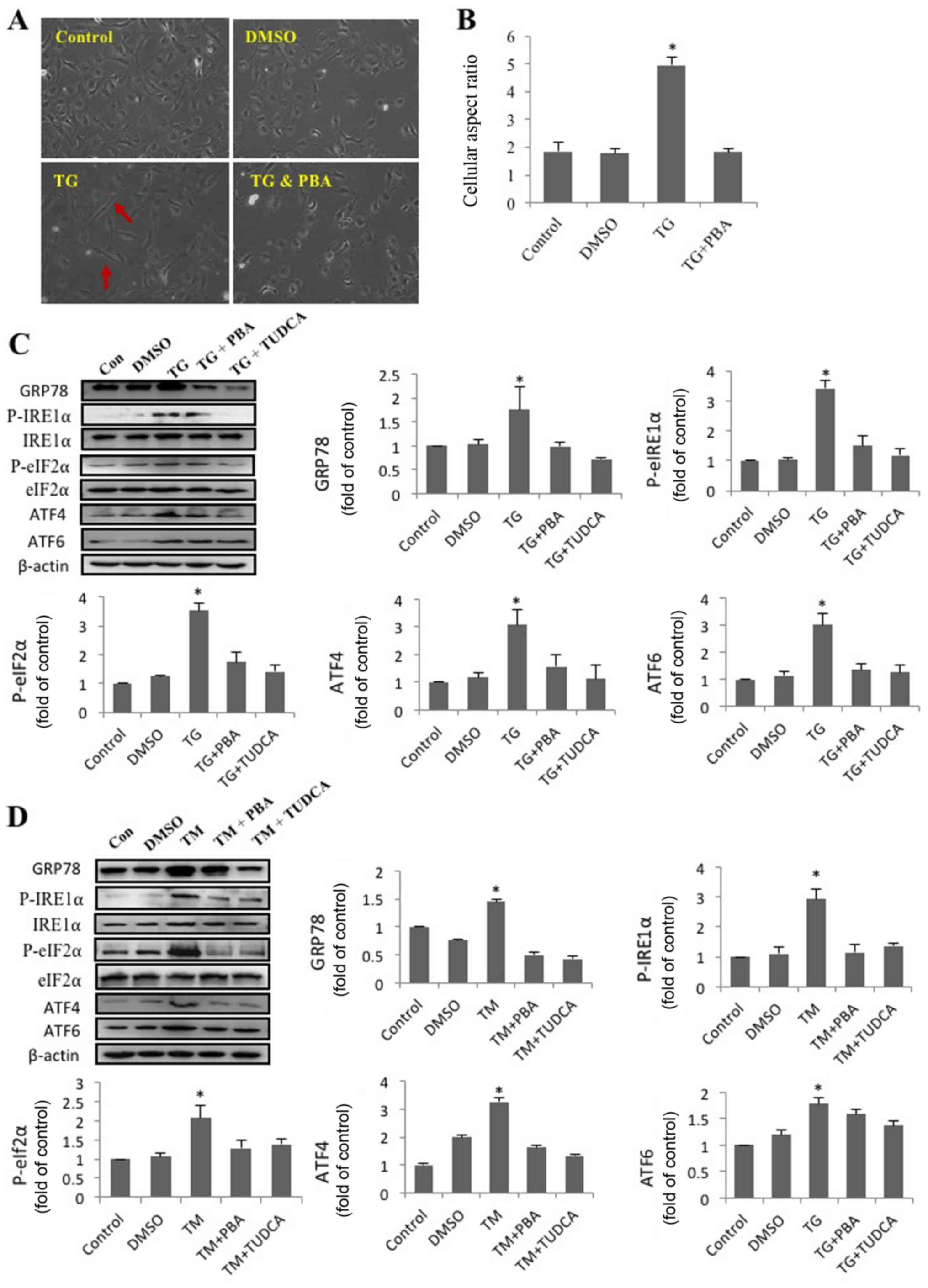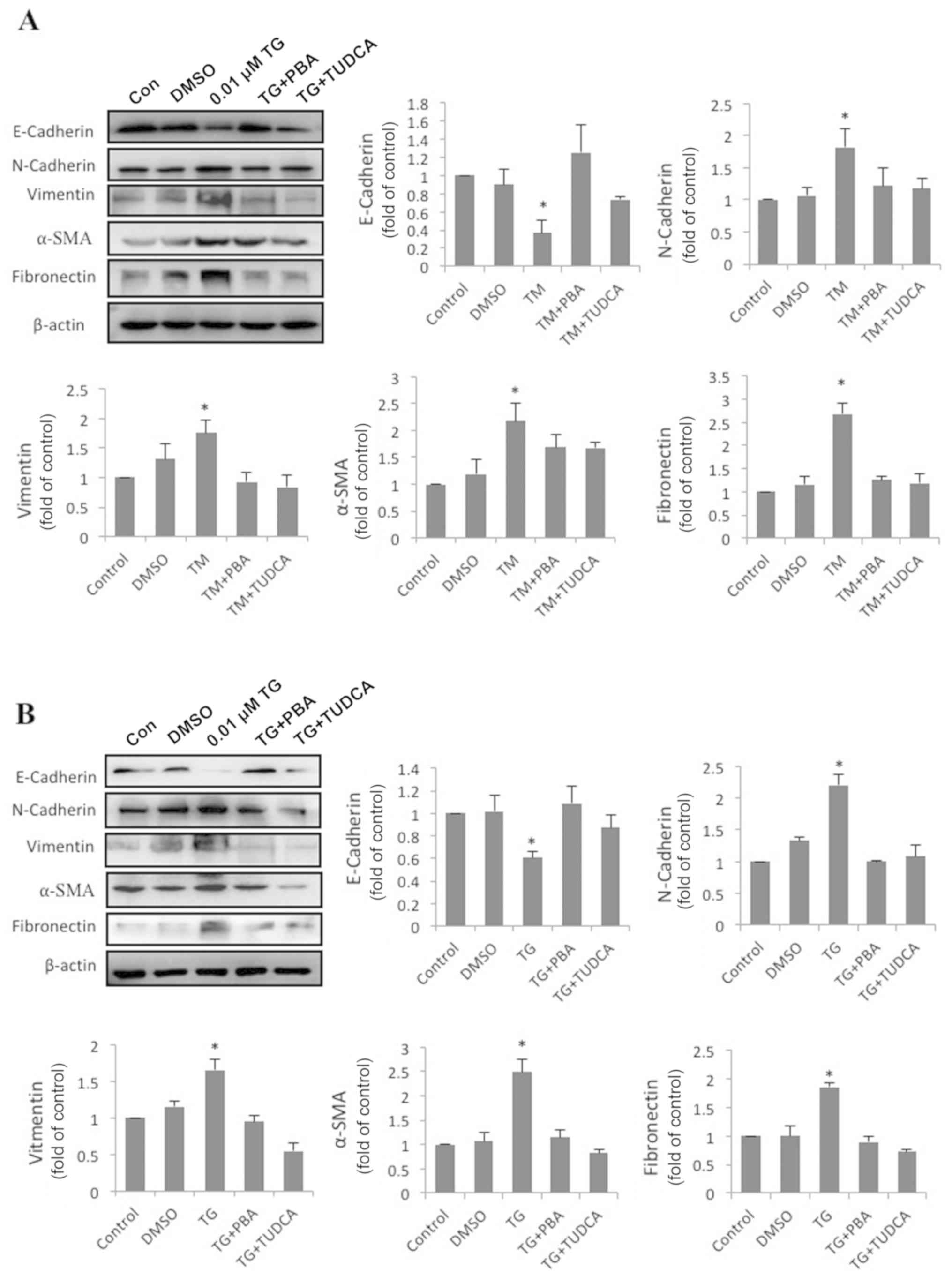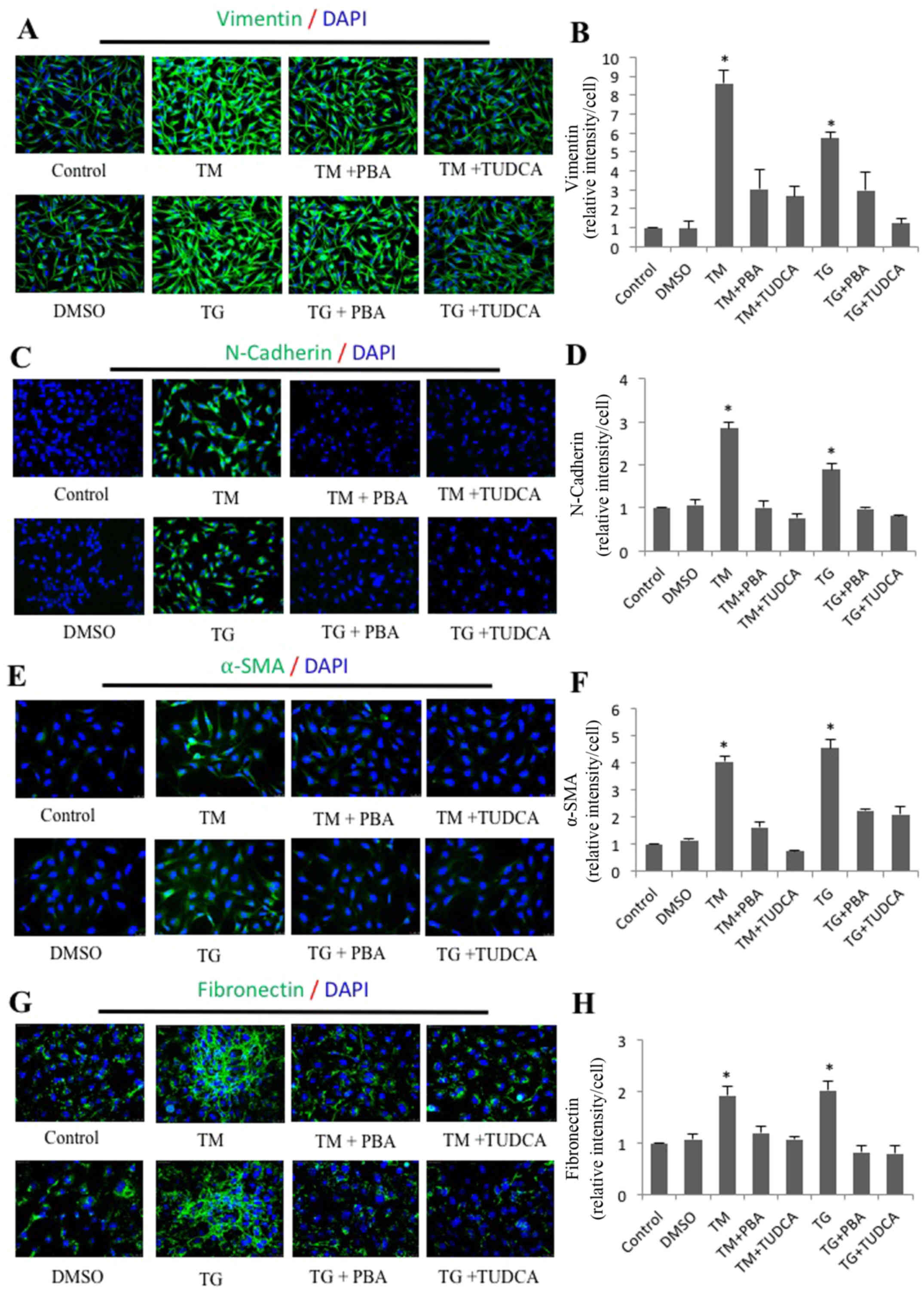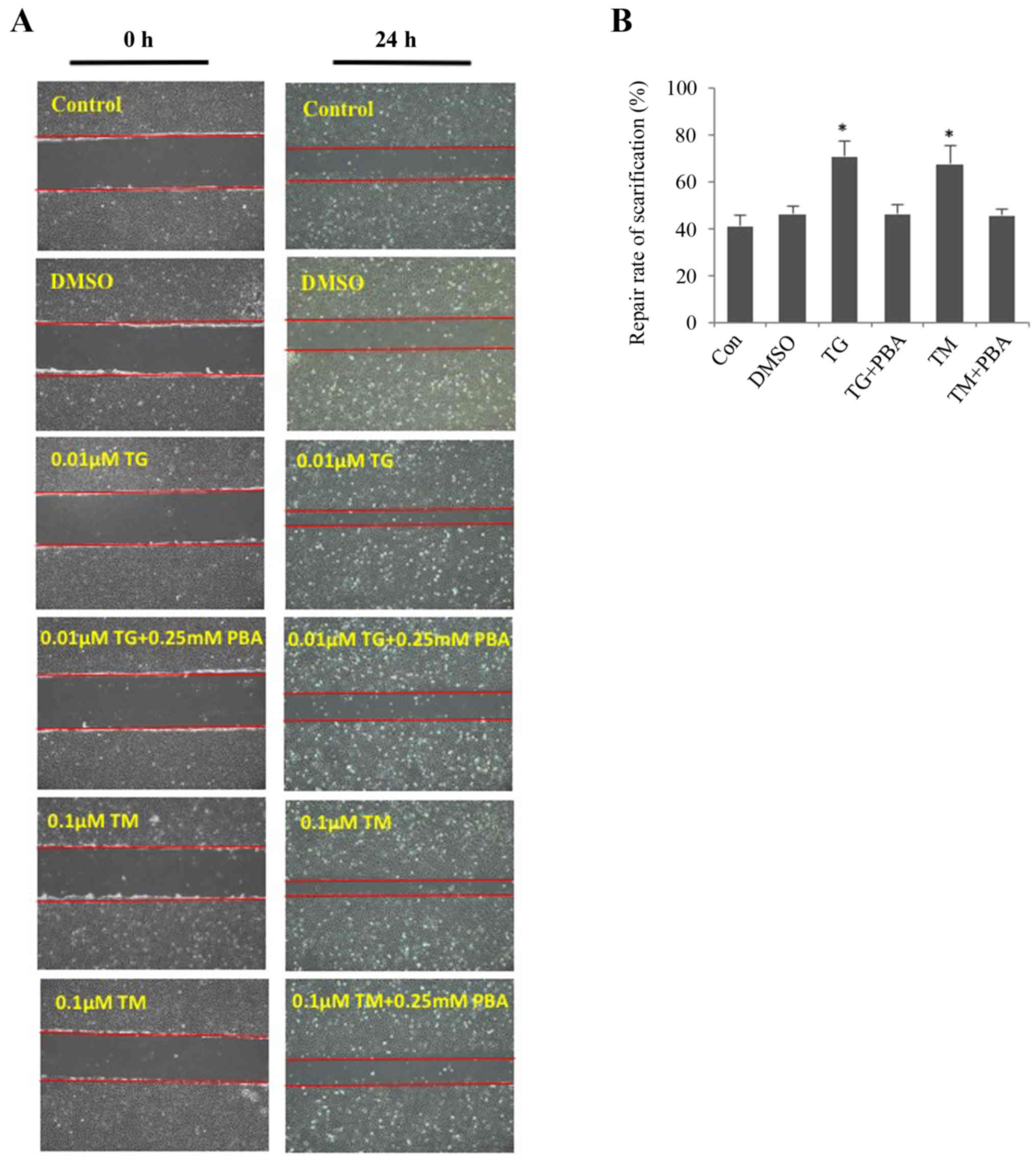|
1
|
Spalton D: Posterior capsule
opacification: Have we made a difference? Br J Ophthalmol. 97:1–2.
2013. View Article : Google Scholar : PubMed/NCBI
|
|
2
|
Schaumberg DA, Dana MR, Christen WG and
Glynn RJ: A systematic overview of the incidence of posterior
capsule opacification. Ophthalmology. 105:1213–1221. 1998.
View Article : Google Scholar : PubMed/NCBI
|
|
3
|
Apple DJ, Escobar-Gomez M, Zaugg B,
Kleinmann G and Borkenstein AF: Modern cataract surgery: Unfinished
business and unanswered questions. Surv Ophthalmol. 56 (6
Suppl):S3–S53. 2011. View Article : Google Scholar : PubMed/NCBI
|
|
4
|
Mamuya FA, Wang Y, Roop VH, Scheiblin DA,
Zajac JC and Duncan MK: The roles of alphaV integrins in lens EMT
and posterior capsular opacification. J Cell Mol Med. 18:656–670.
2014. View Article : Google Scholar : PubMed/NCBI
|
|
5
|
Wormstone IM and Eldred JA: Experimental
models for posterior capsule opacification research. Exp Eye Res.
142:2–12. 2016. View Article : Google Scholar : PubMed/NCBI
|
|
6
|
Zeisberg M and Neilson EG: Biomarkers for
epithelial-mesenchymal transitions. J Clin Invest. 119:1429–1437.
2009. View
Article : Google Scholar : PubMed/NCBI
|
|
7
|
Kalluri R and Weinberg RA: The basics of
epithelial-mesenchymal transition. J Clin Invest. 119:1420–1428.
2009. View
Article : Google Scholar : PubMed/NCBI
|
|
8
|
van Roy F and Berx G: The cell-cell
adhesion molecule E-cadherin. Cell Mol Life Sci. 65:3756–3788.
2008. View Article : Google Scholar : PubMed/NCBI
|
|
9
|
Takeichi M: Cadherin cell adhesion
receptors as a morphogenetic regulator. Science. 251:1451–1455.
1991. View Article : Google Scholar : PubMed/NCBI
|
|
10
|
Wijnhoven BP, Dinjens WN and Pignatelli M:
E-cadherin-catenin cell-cell adhesion complex and human cancer. Br
J Surg. 87:992–1005. 2000. View Article : Google Scholar : PubMed/NCBI
|
|
11
|
Lovicu FJ, Shin EH and McAvoy JW: Fibrosis
in the lens. Sprouty regulation of TGFβ-signaling prevents lens EMT
leading to cataract. Exp Eye Res. 142:92–101. 2016. View Article : Google Scholar : PubMed/NCBI
|
|
12
|
Erler P and Monaghan JR: The link between
injury-induced stress and regenerative phenomena: A cellular and
genetic synopsis. Biochim Biophys Acta. 1849:454–461. 2015.
View Article : Google Scholar : PubMed/NCBI
|
|
13
|
El-Hussuna A, Qvist N, Zangenberg MS,
Langkilde A, Siersma V, Hjort S and Gögenur I: No effect of
anti-TNF-a agents on the surgical stress response in patients with
inflammatory bowel disease undergoing bowel resections: A
prospective multi-center pilot study. BMC Surg. 18:912018.
View Article : Google Scholar : PubMed/NCBI
|
|
14
|
Nakka VP, Prakash-Babu P and Vemuganti R:
Crosstalk between endoplasmic reticulum stress, oxidative stress,
and autophagy: Potential therapeutic targets for acute CNS
injuries. Mol Neurobiol. 53:532–544. 2016. View Article : Google Scholar : PubMed/NCBI
|
|
15
|
Shen X, Xue Y, Si Y, Wang Q, Wang Z, Yuan
J and Zhang X: The unfolded protein response potentiates
epithelial-to-mesenchymal transition (EMT) of gastric cancer cells
under severe hypoxic conditions. Med Oncol. 32:4472015. View Article : Google Scholar : PubMed/NCBI
|
|
16
|
Shin HS, Ryu ES, Oh ES and Kang DH:
Endoplasmic reticulum stress as a novel target to ameliorate
epithelial-to-mesenchymal transition and apoptosis of human
peritoneal mesothelial cells. Lab Invest. 95:1157–1173. 2015.
View Article : Google Scholar : PubMed/NCBI
|
|
17
|
Walter P and Ron D: The unfolded protein
response: From stress pathway to homeostatic regulation. Science.
334:1081–1086. 2011. View Article : Google Scholar : PubMed/NCBI
|
|
18
|
Lindholm D, Korhonen L, Eriksson O and
Kõks S: Recent Insights into the role of unfolded protein response
in ER stress in health and disease. Front Cell Dev Biol. 5:482017.
View Article : Google Scholar : PubMed/NCBI
|
|
19
|
Yang J, Zhou S, Gu J, Wang Y, Guo M and
Liu Y: Differences in unfolded protein response pathway activation
in the lenses of three types of cataracts. PLoS One.
10:e01307052015. View Article : Google Scholar : PubMed/NCBI
|
|
20
|
Puls TJ, Tan X, Whittington CF and
Voytik-Harbin SL: 3D collagen fibrillar microstructure guides
pancreatic cancer cell phenotype and serves as a critical design
parameter for phenotypic models of EMT. PLoS One. 12:e01888702017.
View Article : Google Scholar : PubMed/NCBI
|
|
21
|
Cano A, Pérez-Moreno MA, Rodrigo I,
Locascio A, Blanco MJ, del Barrio MG, Portillo F and Nieto MA: The
transcription factor snail controls epithelial-mesenchymal
transitions by repressing E-cadherin expression. Nat Cell Biol.
2:76–83. 2000. View
Article : Google Scholar : PubMed/NCBI
|
|
22
|
Zhong Q, Zhou B, Ann DK, Minoo P, Liu Y,
Banfalvi A, Krishnaveni MS, Dubourd M, Demaio L, Willis BC, et al:
Role of endoplasmic reticulum stress in epithelial-mesenchymal
transition of alveolar epithelial cells: Effects of misfolded
surfactant protein. Am J Respir Cell Mol Biol. 45:498–509. 2011.
View Article : Google Scholar : PubMed/NCBI
|
|
23
|
Pallet N: New insights on stress-induced
epithelial phenotypic changes. Nephrol Dial Transplant. 27:483–485.
2012. View Article : Google Scholar : PubMed/NCBI
|
|
24
|
Tanjore H, Cheng DS, Degryse AL, Zoz DF,
Abdolrasulnia R, Lawson WE and Blackwell TS: Alveolar epithelial
cells undergo epithelial-to-mesenchymal transition in response to
endoplasmic reticulum stress. J Biol Chem. 286:30972–30980. 2011.
View Article : Google Scholar : PubMed/NCBI
|
|
25
|
Lawson WE, Crossno PF, Polosukhin VV,
Roldan J, Cheng DS, Lane KB, Blackwell TR, Xu C, Markin C, Ware LB,
et al: Endoplasmic reticulum stress in alveolar epithelial cells is
prominent in IPF: Association with altered surfactant protein
processing and herpesvirus infection. Am J Physiol Lung Cell Mol
Physiol. 294:L1119–L1126. 2008. View Article : Google Scholar : PubMed/NCBI
|
|
26
|
Shah PP, Dupre TV, Siskind LJ and Beverly
LJ: Common cytotoxic chemotherapeutics induce
epithelial-mesenchymal transition (EMT) downstream of ER stress.
Oncotarget. 8:22625–22639. 2017. View Article : Google Scholar : PubMed/NCBI
|
|
27
|
de Iongh RU, Wederell E, Lovicu FJ and
McAvoy JW: Transforming growth factor-beta-induced
epithelial-mesenchymal transition in the lens: A model for cataract
formation. Cells Tissues Organs. 179:43–55. 2005. View Article : Google Scholar : PubMed/NCBI
|
|
28
|
Hales AM, Schulz MW, Chamberlain CG and
McAvoy JW: TGF-beta 1 induces lens cells to accumulate alpha-smooth
muscle actin, a marker for subcapsular cataracts. Curr Eye Res.
13:885–890. 1994. View Article : Google Scholar : PubMed/NCBI
|


















